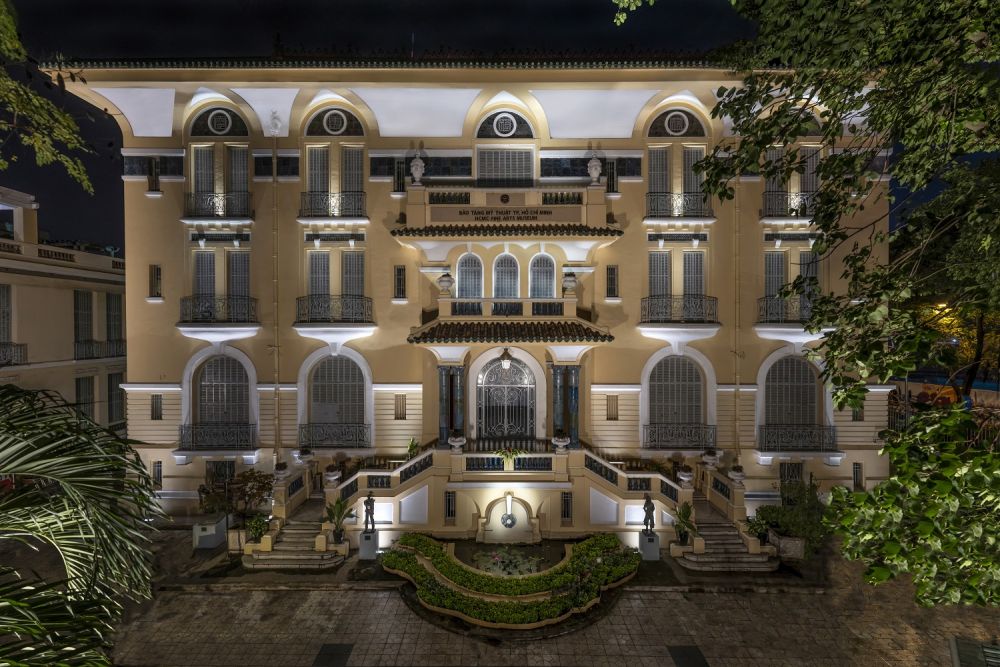

The Ho Chi Minh City Museum, also known as the Museum of Revolutionary History, is a testament to Vietnam's turbulent and fascinating past. Housed within one of the city's striking historic buildings, which is a destination itself, the museum offers a deep dive into the local history, culture, and the making of the nation. With its comprehensive exhibits that range from ancient artifacts to memorabilia from the Vietnam War, the museum provides a detailed narrative suitable for history enthusiasts and casual travelers alike.
Originally constructed in 1885 during the French colonial era, the building was designed in a classical French architecture style and originally served as the former "Gia Long Palace". Over the years, its purposes have evolved, witnessing numerous significant events in the history of Saigon, which was renamed to Ho Chi Minh City following the fall of Saigon in 1975. The building itself became a museum in 1978, shortly after the unification of Vietnam, and has since remained a venue for education and preservation of Vietnam's national identity.
The rise of tourism in Ho Chi Minh City can be traced back to the opening of Vietnam to foreign travelers in the late 1980s after the Vietnamese government introduced "Đổi Mới" economic reforms which welcomed international tourism as a key to economic development. Since then, Saigon has become a bustling hub of culture, commerce, and tourism in Southeast Asia.
The city's ability to offer a blend of traditional Vietnamese culture with French colonial charm has drawn tourists from all over the globe. Its abundance of markets, temples, and historic sites, including the popular Cu Chi tunnels and the Independence Palace, have consistently piqued the interest of tourists.
By the 21st century, Ho Chi Minh City saw exponential growth in visitor numbers, supported by improvements in infrastructure and the advent of budget airline connectivity within the region. The city's rich culinary landscape, vibrant nightlife, and shopping opportunities have strengthened its position as a must-visit destination in Asia.
As tourism continues to evolve globally, Ho Chi Minh City has been experiencing a shift towards sustainable and experiential travel. Tourists are increasingly seeking authentic experiences that offer a closer look at local life, heritage, and cuisine. There has been a growing interest in culinary tours, street food experiences, and cultural immersion. In response, a number of boutique hotels, cooking classes, and community-based tourism initiatives have been on the rise.
Moreover, the city has seen a surge in digital nomadism, with many international professionals looking for co-working spaces and coffee shops that cater to their lifestyle. This trend is indicative of the modern, dynamic nature of the city and its ability to adapt to changing tourism paradigms while still preserving its rich history and culture.
The tourism sector in Ho Chi Minh City is also leveraging digital innovation to enhance the travel experience. Online platforms for booking tours, cashless payments, and the use of mobile apps for navigation and translation are becoming increasingly prevalent, making the city more accessible to tech-savy travellers.